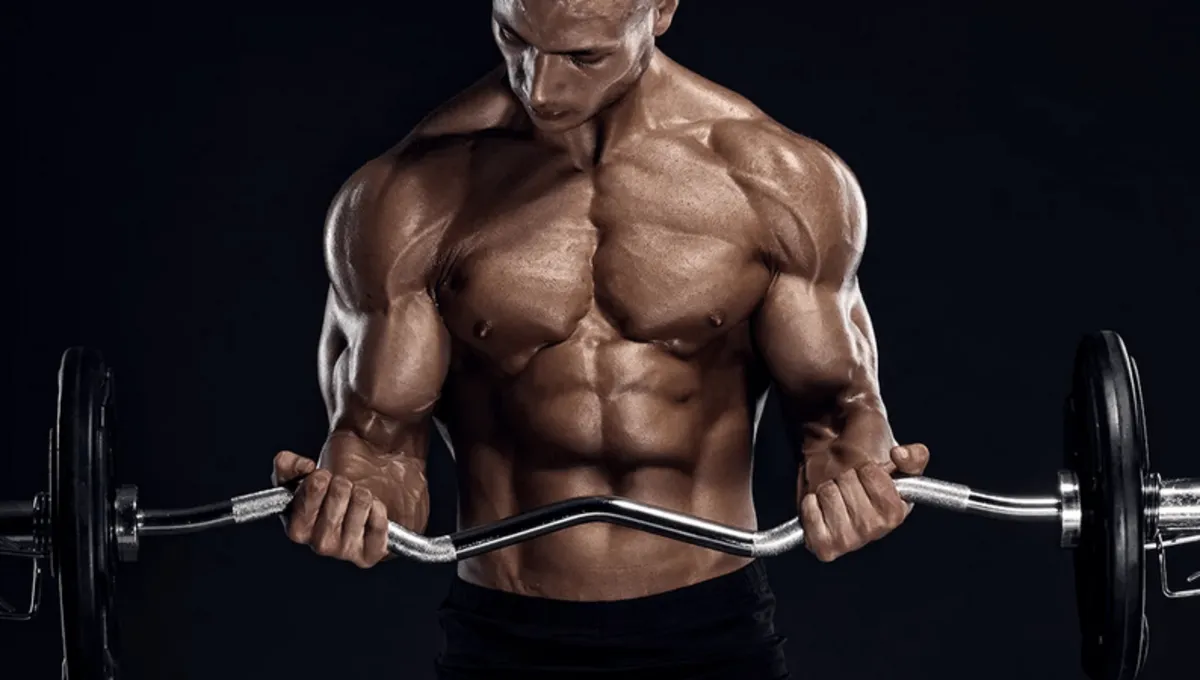Watching the athletes’ success, we often pay attention to the beauty and strength of their muscles. And one wonders why such physical data can be achieved? Here, the concept of muscle hypertrophy comes to the fore. We will try to understand what processes take place in the muscular tissue, how to increase its mass and become strong.
To understand what muscle hypertrophy is, you need to know that all is based on the muscle fibers that form the muscle cell. When the thickness of individual fibers increases, the cell itself becomes larger. This results in an increase in the mass of the entire muscle. This process is called muscle hypertrophy.
At the heart of muscle build-up is the adaptation of muscles to increased loads. This is a very important aspect that accompanies regular training. When the muscle receives loads beyond its capabilities, it gradually adapts to them, responding to the increase in mass.
Mechanics of muscle hypertrophy
The training process triggers an intensive supply of nerve impulses to muscle cells. This leads to increased muscle contraction, which already contributes to increased strength of the fibers, but without increasing their size. Further, the nervous system continues to affect the muscle tissue, stimulating the synthesis of protein. When this process lasts for several months, the result is a noticeable increase and strengthening of muscles.
Therefore, muscle hypertrophy is a process that depends on 2 components:
Every time you start your workout, the athlete triggers stimulation. Repeated loads that cause muscle contraction cause muscle fiber damage. After the training, the muscle rests, and the recovery process begins. It is accompanied by an increase in muscle mass.
When the muscle does not work, damaged fibers begin to recover. This will regenerate and create new fibers that will replace the old ones. The result is an increase in their number and total mass.
Key factors in hypertrophy
In the formation of hypertrophy, a number of factors are important:
- Power. A factor that is decisive in the process of superrestoration of muscle fibers. It is it that provides the basis for the formation of myophybridge.
- Training. High loads can damage fibers and then restore them. This is what gives rise to muscle mass.
- Recovery. This factor determines the creation of new fibers to replace old, damaged.
- Sports food. It is an additional factor on which the formation of myofibrils is based.
- Growth hormones and peptide hormones. Contribute to artificial muscle growth. At the same time, their functionality does not change. Protein is required for this factor to work.
- Anabolic steroids. Used as an alternative path to muscle hypertrophy. Steroids stimulate protein synthesis and accumulation in muscle cells. They require a reconditioning and training program.
- Testosterone secretion stimulators. In their action, they are similar to anabolic steroids, but are more preferable, because they do not harm the body.
Alternative ways to start hypertrophy
Is it possible to achieve significant muscle growth without exhausting training and special nutrition? This is quite real if sarcoplasmic hypertrophy is needed, but somewhat more difficult if myofibrillar is required. Muscle volume increases due to activation of protein synthesis. This can be done in two ways:
-
Anabolic steroids. This is an indirect method, because steroids do not directly affect the protein synthesis process, but their use helps to accelerate it, make the recovery more intense. Hence more strength for long training and pronounced hypertrophy.
-
Growth hormones. Direct method, because hormones increase the growth of all components of muscle tissue. Hormonal influence allows you to launch any of the types of hypertrophy.
Only one of the methods should be chosen, in no case combining them, since this is harmful to health. Nor should drugs be treated for contraindications and side effects.
If you set a goal for yourself, it is not difficult to get beautiful and strong muscles. But efficiency must not be forgotten. It is not always stronger than the one who has more muscle. For example, crossfitters do not have a large volume of muscle tissue, but they are often more developed and strong than other athletes.






